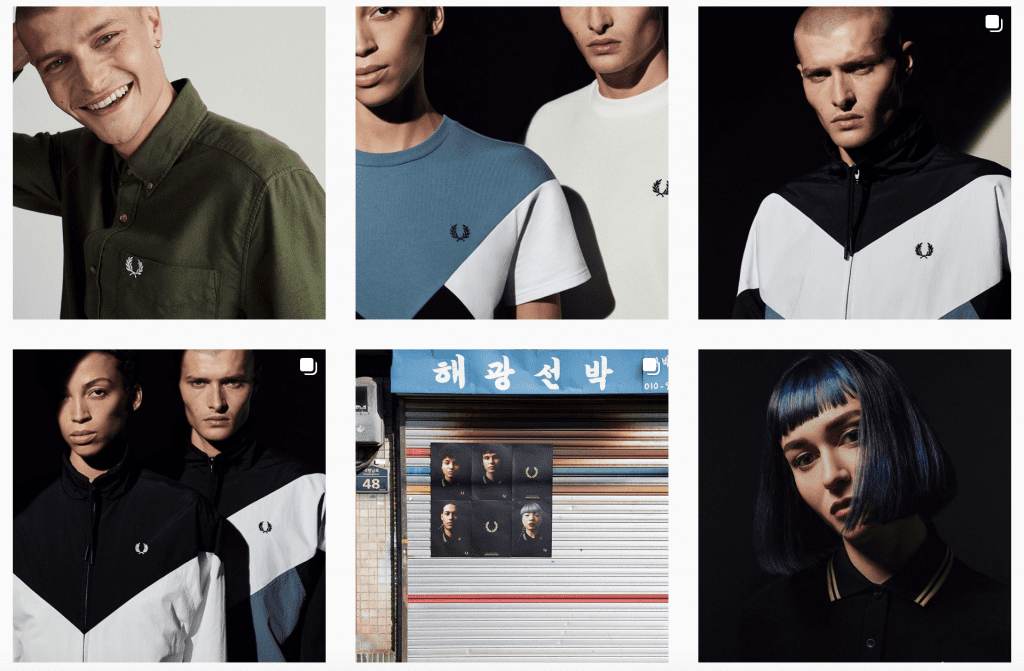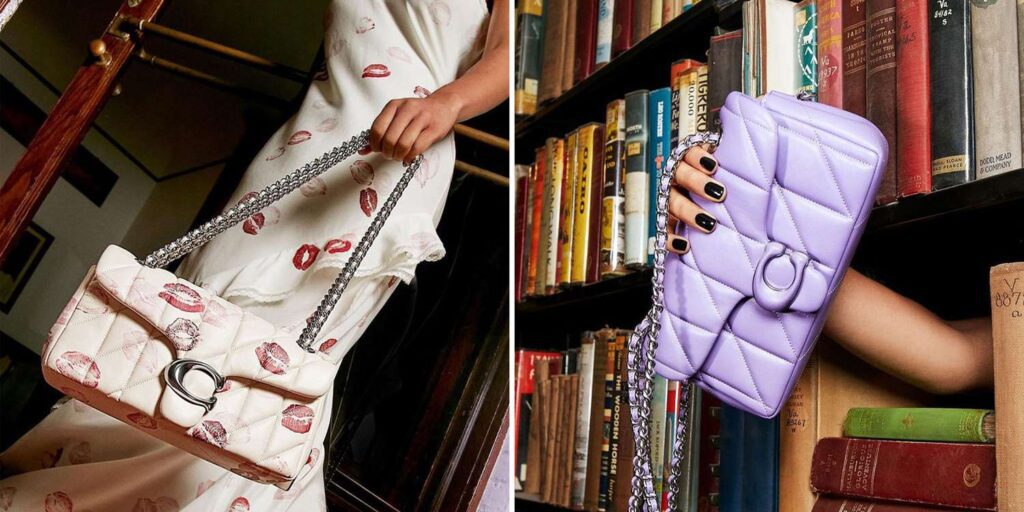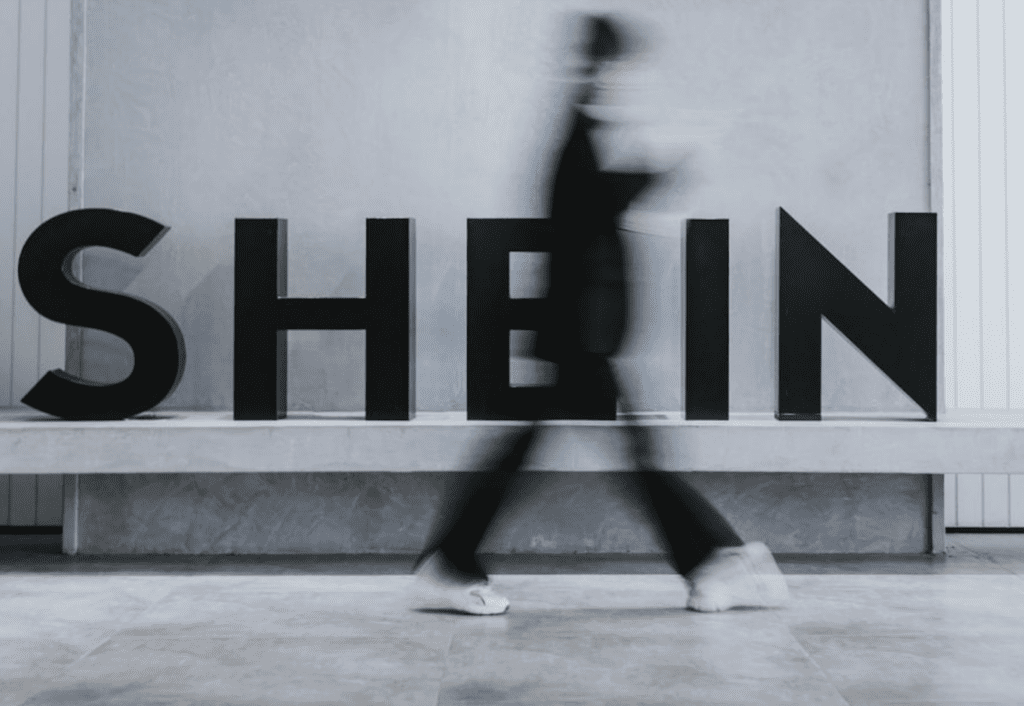Investment in branding – and maintaining the goodwill or reputation associated with that branding – is key to building customer loyalty and market share. From an intellectual property perspective, damage to brand equity and goodwill is traditionally caused by unauthorized third-party infringements, including counterfeiting, passing off, and trademark squatting and cybersquatting. Well-established legal procedures – from UDRP proceedings to infringement lawsuits – and specialist enforcement services help brand owners to identify such unauthorized uses, and to act quickly against them.
But, what about the damage to goodwill that can come from a brand being adopted by unwanted or unsavory consumer groups? From the financial hit that was famously taken by luxury goods group Burberry after it was embraced by “chavs” in the UK back in the early 2000s to Patagonia’s move away from supplying corporate giants with its logo-ed vests, and more recently, Fred Perry’s efforts to distance itself from the far-right Proud Boys in the U.S., there is a real risk of damage to brand equity following association with consumers that do not share the same principles or ethos.
Unwanted customers & brand damage
After Fred Perry became aware in September that its black and yellow polo shirt had been adopted by U.S. fascist group Proud Boys as an unofficial uniform, it halted the sales of that garment in the U.S. and Canada. Commenting on the use of the shirts by Proud Boys, and showing clearly its dissatisfaction, Fred Perry released a statement that said, “We have seen that the black/yellow/yellow twin tipped shirt is taking on a new and very different meaning in North America as a result of its association with the Proud Boys. That association is something we must do our best to end.”
While this is not the first time that the brand has spoken out against use of the shirts as a symbol of a movement that it does not support, the company’s decision to pull the shirts from sale in the U.S. speaks volumes about the challenges facing brands in the online world, including the threat to brand reputations.
Given that nearly everything is available online if you are prepared to pay (and there are often unauthorized copies, if not) there are clearly limits to such actions that brand owners can effectively take, particularly since rights holders traditionally exhaust their rights to control their intellectual property – whether it be a copyright or a trademark – when they release their goods into the market. (As such, Fred Perry cannot sue the Proud Boys for trademark infringement for wearing its shirts after the brand offered those very shirts for sale).
Nonetheless, by taking such a vocal stand, Fred Perry likely aims to benefit from the resulting publicity to distance its brand and its business from the Proud Boys’ beliefs.
The same was true for Patagonia, when the environmentally-conscious apparel company revealed that it was only embarking on new co-branding deals “with a small collection of like-minded and brand aligned areas; outdoor sports that are relevant to the gear we design, regenerative organic farming, and environmental activism,” i.e., not new financial clients, such as the hedge funds, banking, fintech and wealth management firms many of whose employees have made Patagonia’s vests a de facto part of their uniform.
In a statement in April 2019, a spokesman for Patagonia revealed that the change in the company’s comes as it “recently shifted the focus of this program to increase the number of Certified B Corporations, 1% For The Planet members and other mission-driven companies that prioritize the planet.”
Traditional IP Routes
Other brand owners have turned to more traditional intellectual property routes to help protect the brand equity. For example, in 2005, when Burberry discovered its distinctive patterned clothing had become beloved choice of branded apparel for “chavs” in the UK, it sought to stem the damage by taking direct action against the sellers of counterfeit copies that had sprung up to meet the growing demand. Several years later, Burberry would take legal action against an American rapper, who went by the stage name Burberry Perry, arguing in its suit that the his music shed a poor light on the company, which is known for being “a global luxury brand with a distinct heritage and reputation of design, innovation, and craftsmanship.”
All the while, in 2011, Abercrombie & Fitch pre-empted something of a similar scenario by choosing to pay Michael “The Situation” Sorrentino, one of the stars of MTV’s oft-controversial reality show Jersey Shore, in order to stop him from wearing its clothes on the show. The teen retailer asserted at the time that it was “deeply concerned” over the association between itself and Sorrentino and the brand. “We understand that the show is for entertainment purposes, but believe this association is contrary to the aspirational nature of our brand, and may be distressing to many of our fans,” the statement read.
Ultimately, as many of these brands have found, the quicker you identify the “threat” to your brand image, the more effectively you can act against it.
Dan Halliday is a UK Chartered Trademark Attorney at Novagraaf.











